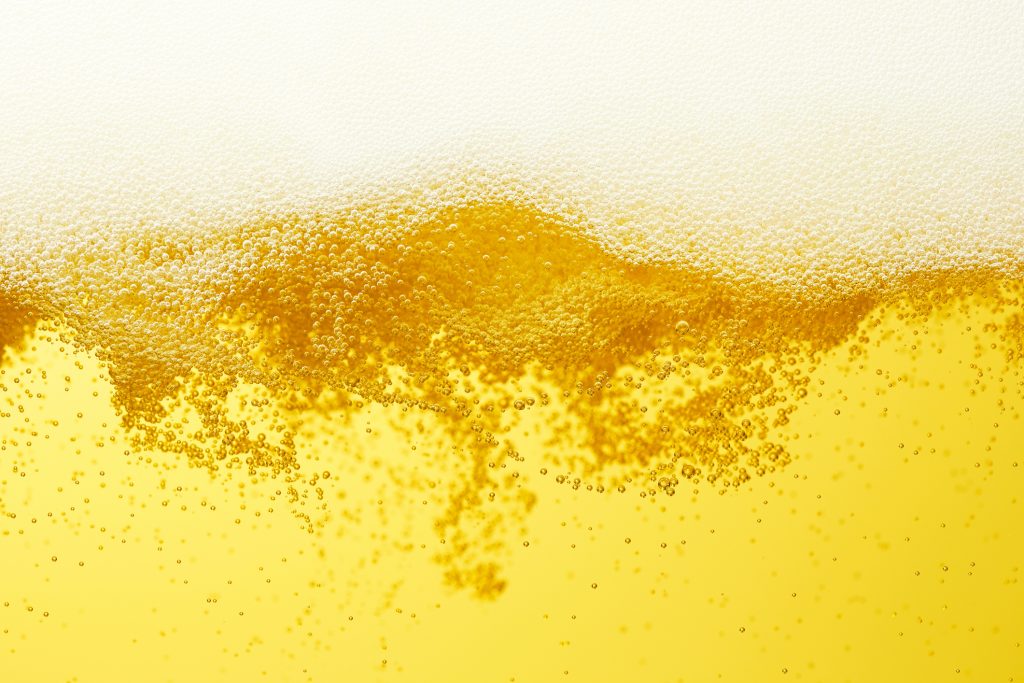This website uses cookies so that we can provide you with the best user experience possible. Cookie information is stored in your browser and performs functions such as recognising you when you return to our website and helping our team to understand which sections of the website you find most interesting and useful.
How many bubbles are in a glass of beer? Scientists have revealed the answer
Have you ever wondered just how many bubbles are in a glass of beer? Well wonder no more, because scientists have discovered the answer, and we’re revealing all.

Beer is one of world’s most popular drinks – but between enjoying a cool, refreshing sip of lager on a hot summer’s day, have you ever paused to consider just how many bubbles are in a glass of beer? It must be a lot, right?
Well, yes, the answer is basically: loads.
First, the science. When a beer is poured into a glass, little bubbles make themselves known and rise to the top of the beer, forming its characteristic foamy head.
Lagers specifically are produced through a fermentation process that turns the sugars in malted grains into alcohol and carbon dioxide. The resulting carbonation – which can also be enhanced during commercial packaging – is part of what gives beer its pleasing sensory experience, from flavour and scent compounds to even lightly tickling the consumer’s nose.
It had previously been determined that a flute of champagne contained some one million bubbles, but what about beer?
Researchers – who reported their findings in ACS Omega – estimated that between 200,000 and nearly 2 million bubbles are present in a “gently poured lager”.
The team conducted their research by first pouring a commercially available beer into a tilted glass.
From this, researchers – who reported their findings in ACS Omega – were able to estimate that between 200,000 and nearly 2 million bubbles are present in a “gently poured lager”.
You can read the findings in full – and find out exactly how researchers conducted their experiment – in the study, here. From this, they observed that gas would aggregate spontaneously as streams of bubbles when they hit crevices or imperfections inthe glass.
H/T: ACS Omega
Read More: Scientists have found that the anti-inflammatory properties of resveratrol in red wine could help to treat endometriosis.

